Description
SECTION A: MULTIPLE CHOICE QUESTIONS
QUESTION 1
Please indicate whether this statement is true or false.
If public policy is the policy of government, it follows that public policy can be applied to even the
most undemocratic forms of government such as totalitarianism and authoritarianism.
a. True
b. False
QUESTION 2
Which of the following are sources of public policy?
Please select the correct option.
a. Official discussion documents, green papers and white papers
b. The national budget
c. Policy statements, speeches and articles
d. Election manifesto of a political party
e. All of the above
QUESTION 3
The third stage in the policy-making process is the formulation and decision-making stage. Policy
decision-making is important because, as Anderson argues, policy decision involves action by
some official person or body to approve, modify, or reject a preferred policy alternative. In most
democratic dispensations, the legislature is responsible for final policy-decision-making. When a
50% + 1 majority of the legislature’s total membership is required to pass the legislation, what do
we call this type of majority?
Please select the correct option.
a. Relative majority
b. Loaded majority
c. Special majority
d. Absolute majority
e. Effective majority
QUESTION 4
Please indicate whether this statement is true or false.
Dye argues that direct or tangible impact of policy can be judged by several means, including
output measuring. The data generated by government departments about a policy programme
are typically an indication of policy outputs and not impact. But in that case, this would mean
that policy output data are the most important instrument for policy evaluation in most cases.
a. True
b. False
QUESTION 5
Please read the following scenario and answer the question.
The United States government is proposing a domestic policy that is unpopular amongst public
opinion. The government wants to pass legislation that protects women’s access to abortion as
a human right under all circumstances within the first trimester of pregnancy. There is a difference
between elite opinion and public opinion on this issue. Whereas a majority of public opinion is
opposed to abortion except in the cases of rape and incest, elite opinion is overwhelmingly in
favour of government’s proposed legislation, which does not place conditions on women’s right
to decide during the first trimester of a pregnancy. The opinion amongst the elites is that without
this legislation, it is far more likely that women will seek “backstreet” abortions – which are
potentially life-threatening to mothers – if they are not granted the right to a medical procedure
that terminates an unwanted pregnancy subject only to government’s one condition. In this case,
the American government decides to pursue its policy goal despite the opposition to this policy
goal reflected in public opinion. Policy analysts consider why government has chosen this path
despite the political risk of pursuing an unpopular policy? One prominent scholar argues that this
could be explained by the tendency of elite preferences to align with public policy preferences
rather than with the public opinion of the population, moreover that elite opinion is more likely
than public opinion to affect public policy.
Which scholar makes this argument?
a. Jan-Erik Lane
b. Philippe Schmitter
c. James E Anderson
d. HK Colebatch
e. J Smith Greenway
QUESTION 6
The policy implementation stage follows the policy decision-making stage. Policy implementation
is the responsibility of the political executive. Which one of the following institutions is most
responsible for translating policy decision-making into operational rules and regulations?
Please select the correct option.
a. The judiciary
b. The legislature
c. The bureaucracy
d. The ruling party
e. The cabinet
QUESTION 7
Please select the sequence of words that correctly completes the following statement.
There are several problems in policy evaluation. One of these, causality, is associated with the
challenge of determining whether there is a correlation between (i) …………. and (ii)………., which
means that it is often difficult to determine whether a policy can be directly credited with impacting
the target groups of the policy and delivering the (iii) ………… in line with the policy goals.
1. (i) cause (ii) results (iii) effects
2. (i) cause (ii) effect (iii) results
3 (i) cause (ii) outcome (iii) effects
4. (i) cause (ii) expectation (iii) results
QUESTION 8
Please read the following scenario and then answer the question.
On 5 March 2020, South Africa recorded its first case of COVID-19. In response, the government
formed a National COVID-19 Command Council responsible for taking government decisions on
how to combat the spread of the virus. With the prospect of the rapid spread of the life-threatening
virus, the government had to make a decision about how it would respond to the health
emergency to save lives. Twenty-two days after the first COVID-19 case was reported, South
Africa went into a “level-5” national lockdown. Movements of the population were restricted,
businesses were closed, and services were suspended, except for essential services and
suppliers of essential goods. As a consequence of this policy, unemployment rose dramatically
as most citizens were unable to travel to work. The negative impact of this policy was experienced
in its most extreme form amongst workers who depend on wages to support their families.
Because the latter segment of the population constitutes the majority of the ruling party’s most
loyal supporters, the unpopularity of the policy negatively affected political support for the
government in the short-term during the health crisis. But if the government would not have
adopted the lockdown policy, it is possible that even more people would have fallen ill and died.
This could have had disastrous consequences not only for lives lost but also for the political
support of the government in the longer-term. As a result, the government could have been voted
out of power at the next general election.
Identify which policy-making dilemma is described in this example.
a. Making policy on highly technical issues
b. Making policy in the absence of sufficient information
c. Dealing with conflicting interests and values
d. Making policy that can affect the government’s constituency
e. Unintended consequences
QUESTION 9
Indicate which one of the following statements does not describe public choice theory,
according to Muller.
Please select the incorrect option.
a. Public choice can be defined as the economics of market decision-making
b. The methodology of public choice is that of economics
c. Public choice assumes that selfish personal interests are more relevant than vicarious
personal interests
d. Public choice can be defined as the application of economics to political science
e. Public choice states that individuals pursue their own well-defined economic self-interests
as individuals
QUESTION 10
Please read the following scenario and then answer the question.
A government committee has been appointed to investigate the problem of loadshedding being
experienced by South Africans on a daily basis. The investigation includes interviews with
Eskom’s senior management, who are responsible for addressing this problem. The committee’s
brief includes investigating the issues of possible corruption, the theft of costly infrastructure
components such as cables and generators, and the alleged irregular awarding of tenders to
companies that are not certified by the government regulatory agencies for carrying out highly
technical contracts. Certain members of Eskom’s Board of Directors fear that if the findings
indicate that there have been irregularities in the management of the para-statal, this could lead
to dismissals of individual members of the Board or it could even result in the government placing
Eskom under administration. Certain members of the Board are therefore reluctant to make fulldisclosers
to the government committee and cooperate with the investigation. For this reason,
the committee investigating the loadshedding problem is concerned that they may not be able to
carry out an effective evaluation of the institution’s management team and make the best
recommendations to government about how the government may need to revise its policy on
appointments to senior management posts in the para-statal.
You must identify which problem of policy evaluation this scenario describes.
a. Uncertainty over policy goals
b. Causality
c. Unrealistic time perspectives
d. Official resistance
e. Diffuse policy impacts
SECTION B: SHORT ESSAY QUESTION
Background: Public policy-making has been described as a process of development or formation
of policy. Although in practice it may not always be possible to view the stages of this process as
neatly distinguished from one another and moving chronologically in a linear sequence,
nonetheless for analytical purposes it is important to be able to distinguish between these stages.
This is especially important for the purposes of policy analysis. However, in addition to the
challenges that the policy-maker faces, there are also numerous policy dilemmas that have to
be contended with. Some of these dilemmas, such as policy-making in the absence of sufficient
information or making policy on highly technical issues, are clearly delineated. By contrast, the
question about how the public and private domains should be distinguished from one another
poses a broader challenge to policy-makers, since this distinction largely reflects the prevailing
ideology as well as the system of government in which the policy-maker finds herself. Under these
circumstances, differentiating between the public and private domains is therefore not as
straightforward as it may at first appear.
Assignment Question:
Your task in this assignment is as follows. In your own words (i.e. you may not simply copy your
answer from the Study Guide), you must:
1. Explain how the demarcation between the “private” and the “public” domains differs in
different systems of government, taking into consideration the extent to which the state
has the right to interfere in the private lives of citizens in each system of government.
2. Then you must compare and contrast (i.e. to describe the similarities and differences
between) the various types of goods and services provided by the state in each case,
paying close attention to the “criteria” scholars use to differentiate between the goods and
services that should be provided, and by whom.



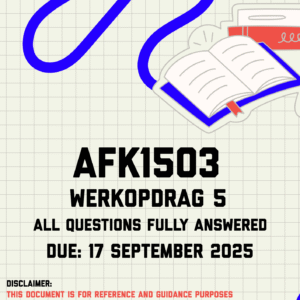


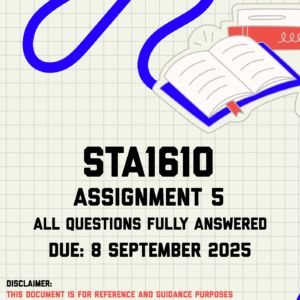

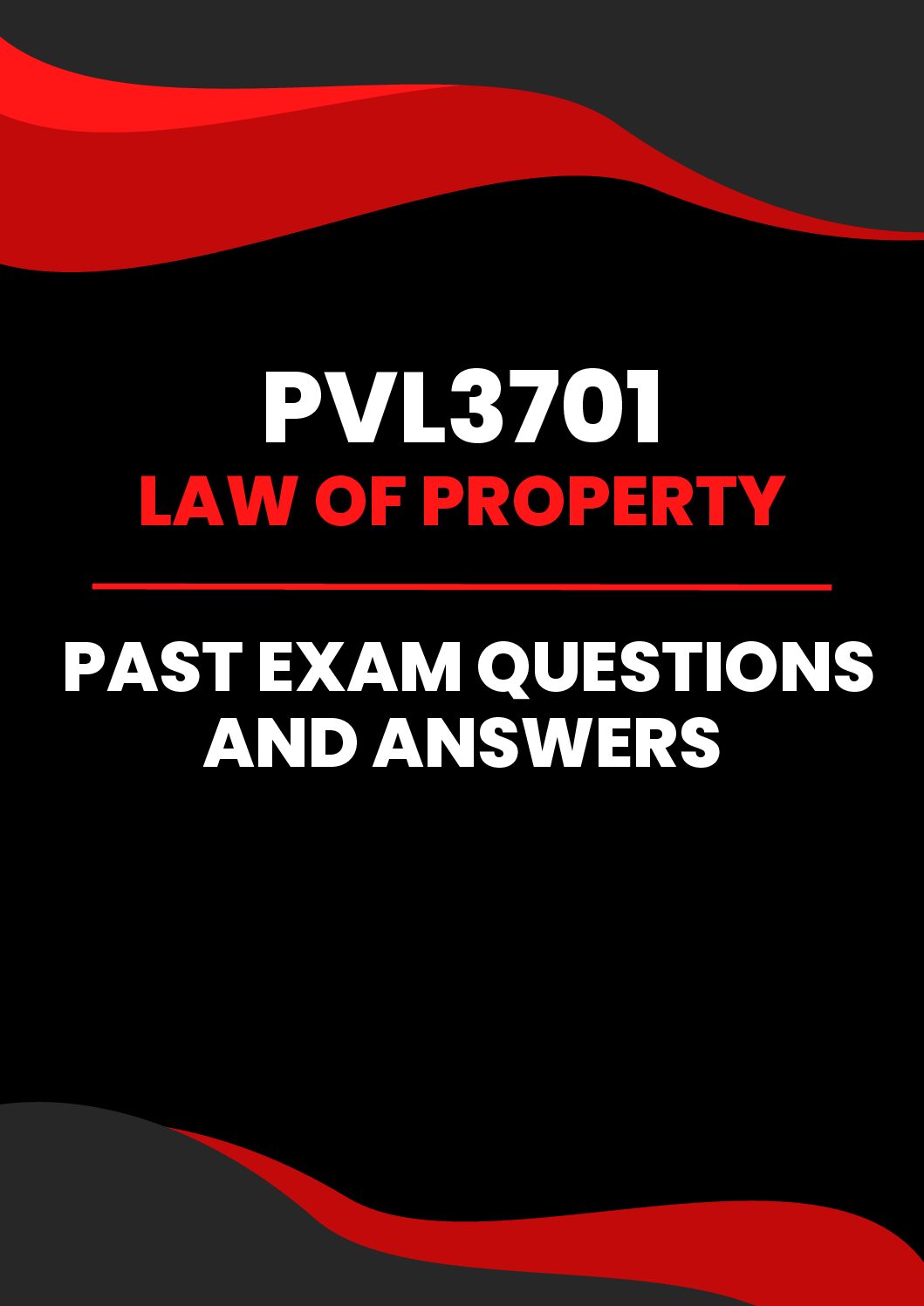
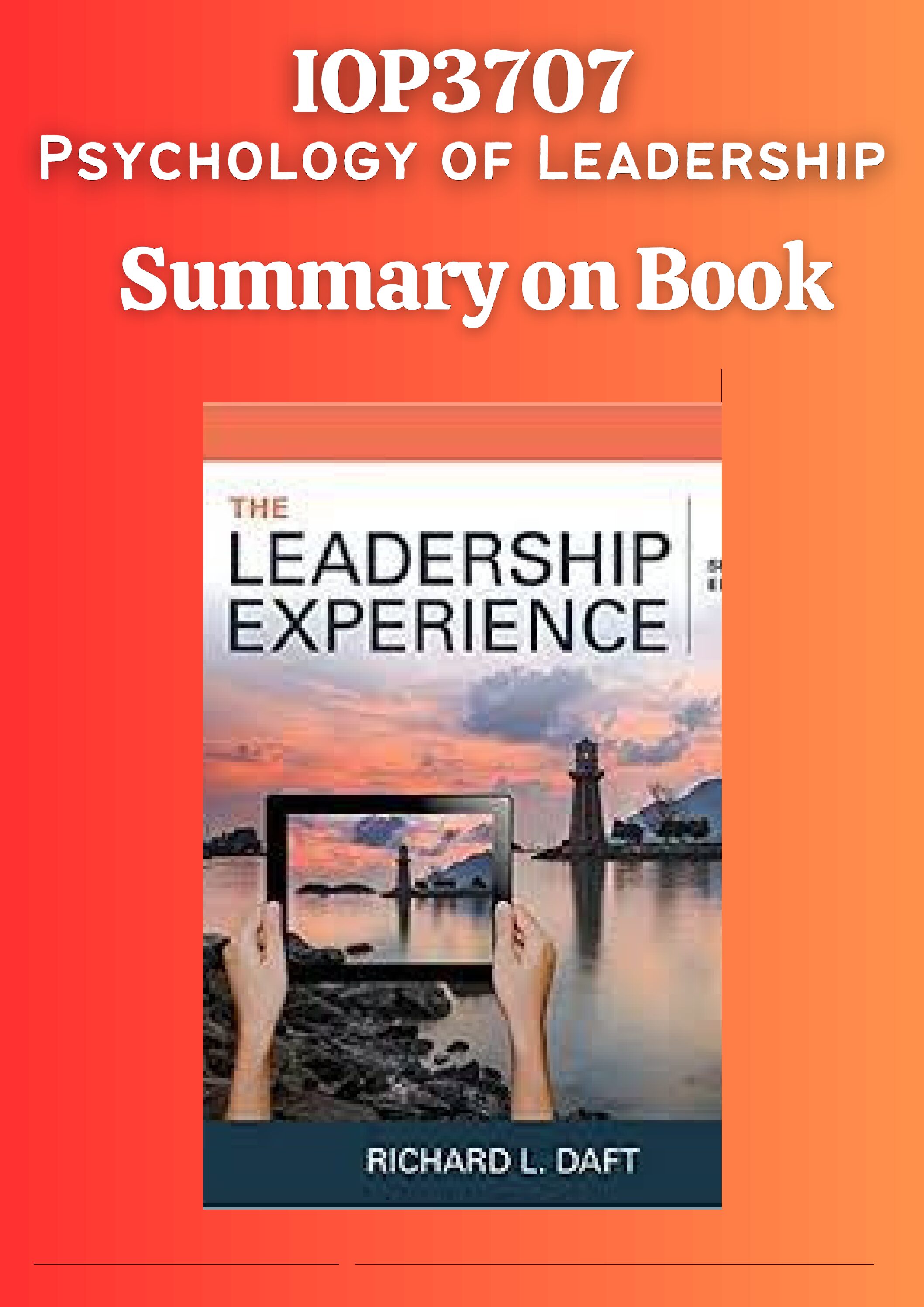
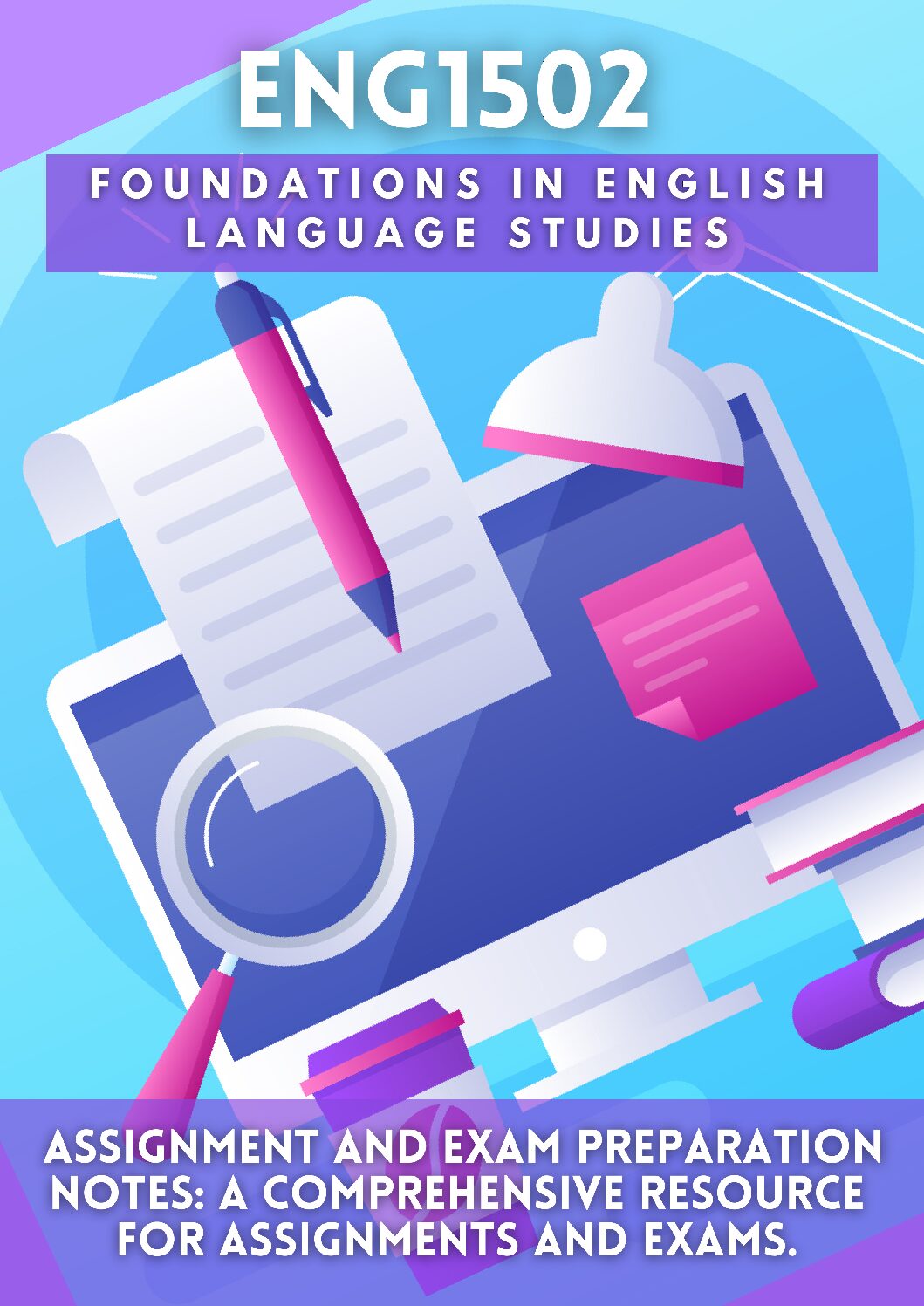

reizerrs (verified owner) –
Perfect!